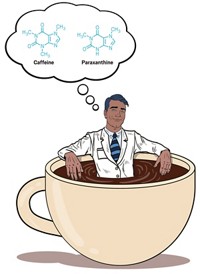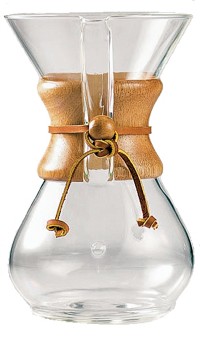Advertisement
Grab your lab coat. Let's get started
Welcome!
Welcome!
Create an account below to get 6 C&EN articles per month, receive newsletters and more - all free.
It seems this is your first time logging in online. Please enter the following information to continue.
As an ACS member you automatically get access to this site. All we need is few more details to create your reading experience.
Not you? Sign in with a different account.
Not you? Sign in with a different account.
ERROR 1
ERROR 1
ERROR 2
ERROR 2
ERROR 2
ERROR 2
ERROR 2
Password and Confirm password must match.
If you have an ACS member number, please enter it here so we can link this account to your membership. (optional)
ERROR 2
ACS values your privacy. By submitting your information, you are gaining access to C&EN and subscribing to our weekly newsletter. We use the information you provide to make your reading experience better, and we will never sell your data to third party members.
Food Ingredients
Newscripts
Notable potables feature changing colors and mummified toes
by Bethany Halford
July 17, 2017
| A version of this story appeared in
Volume 95, Issue 29
How booze gets the blues

Cocktail connoisseurs that we are, the Newscripts gang couldn’t help but notice that a new blue hue has been tinting our tipples. In particular, blue gins, such as Ink and Sharish Blue Magic, have begun appearing on bartenders’ lists of intriguing intoxicants. These cerulean spirits do more than just satisfy our blue period: Add a squeeze of citrus and they turn purple or pink, helping get the perfect amount of acidic lime juice into a gimlet.
Liquids that change color by varying pH are common knowledge to chemists, of course. We all learned to titrate acid or base into a solution spiked with a color-changing indicator, such as pH-sensitive anthocyanins extracted from red cabbage leaves.

Anthocyanin coloring is also behind the new blue beverages, but these compounds don’t come from the common cabbage. Rather, they are sourced from the evocatively named Clitoria ternatea flower, also known as the butterfly pea, native to tropical equatorial Asia.
“You can make cabbage juice change colors, but it’s really hard to get enough in there and not have your moscow mule taste like cabbage,” says culinary scientist Ali Bouzari, cofounder of the food development company Pilot R&D. “The butterfly pea flower is a source of anthocyanin that doesn’t taste like much.”
Most of the butterfly pea’s vivid blue color comes from six acylated derivatives of the anthocyanin delphinidin. A team led by Norihiko Terahara of Minami Kyushu University first identified and characterized these back in the 1980s.
To use the butterfly pea to color cocktails or other colorless liquids, Bouzari suggests making a simple syrup by heating equal volumes of sugar and water and mixing in some of the dried flowers (available through Amazon!) while the sugar dissolves. The indigo syrup can then be used in the drink of your choice. “Shifting the pH slider back and forth, you can get into an endless sequence of cool stuff,” Bouzari says.
A toe-tally disgusting drink

While cocktails colored with the butterfly pea are becoming increasingly common, there’s one potent potable that you’ll find only in the Yukon: the Sourtoe cocktail served at Dawson City’s Sourdough Saloon. Not for the faint of heart (or stomach), the drink features any 80-proof alcohol and a mummified human toe, which must touch the drinker’s lips but go no farther into the mouth. Swallowing the toe lands the drinker a $2,500 fine.
The Sourtoe made headlines last month when someone stole the signature toe. Fortunately, it was returned a few days later with a note of apology.
The cocktail has been around since 1973, when Yukon local Captain Dick Stevenson found a toe preserved in a jar of alcohol and brought it into the saloon, dropping it into the drinks of any brave bargoer who would have the garish garnish (maraschino cherries are presumably hard to come by in the Yukon).
The original toe came from a miner and rumrunner named Louie Liken, who lost it to frostbite in the 1920s and preserved the digit in the jar later found by Stevenson. Over the years a total of eight toes have been used in the cocktail. An article in Atlas Obscura tells how one toe “arrived in a jar of alcohol with the message, ‘Don’t wear open-toe sandals while mowing the lawn.’ ”
Salt curing preserves the toes and keeps bacteria at bay. The Newscripts gang reached out to New York University’s Marion Nestle, an expert in food safety and public health, to inquire about health hazards. “Yuck” was her reply. “I doubt it’s harmful at this point, but why would anyone want to drink this?”
The Sourdough Saloon’s toe master, Terry Lee, told National Public Radio that he is in need of digit donations. “Right now we don’t have any big toes,” he said. “If anybody out there has an extra big toe, we would really like it.”
Bethany Halford wrote this week’s column. Please send comments and suggestions to newscripts@acs.org.





Join the conversation
Contact the reporter
Submit a Letter to the Editor for publication
Engage with us on Twitter